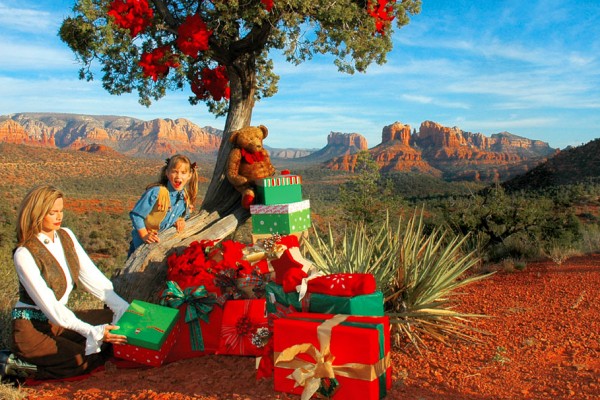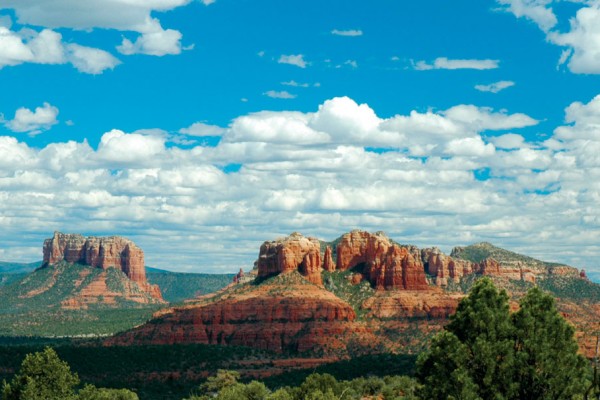Continued (page 2 of 5)
In March, Sirius Lookers hosts the Messier Marathon, when 110 Messier objects are visible in one night. Winter heralds Pleiades or Seven Sisters, a cluster of hot blue stars, as well as the Orion Nebula and the realm of galaxies – a cluster of several thousand galaxies. Views of the planets change from year to year depending on their orbit and the earth’s orbit, says JD. This month, the blue-green planet Uranus will be visible; in October, Venus and Saturn will appear only three degrees apart in the early morning sky.
For newcomers to astronomy and star gazing, JD offers tips:
• If you own a telescope but aren’t quite sure how to use it, attend a meeting of your local astronomy club. Club members are usually happy to help.
• Get a decent pair of binoculars and a planet sphere or sky map. Download free sky maps at www.skymaps.com.
• When stargazing, it’s always best to observe from a dark location away from direct light. Allow your eyes to adapt to the darkness – it usually takes ten to 20 minutes after you go outdoors.
• If you use a flashlight to see a sky map, cover it with red cellophane to preserve night vision.
• Avoid stargazing during the full moon.
• Interesting man-made objects appear in the night sky, including the Hubble Space Telescope and iridium satellites, which have antenna made from aluminum plates that brilliantly reflect the sun. These iridium flares can be seen with the naked eye. Several websites predict when a flare will take place where you are. See www.heavens-above.com.
What accounts for stargazers’ passion? Dennis has been at it for 30 years; he leads astronomy programs at local schools, colleges, resorts, and state parks. “I started in Detroit but the sky didn’t beckon like it does in Sedona,” he says. “It’s always changing. A galaxy you’ve seen before now has a supernova [exploding star]. You can look at a different object each night for the rest of your life and never see the same one.”
Meteor Crater
Think the Grand Canyon is just a big hole in the ground? Just wait until you see the 50,000-year-old Meteor Crater, 35 miles east of Flagstaff; it’s one mile in diameter, two-and-a-half miles in circumference, and 570 feet deep, the result of an asteroid 150 feet in diameter breaking into a collection of meteors and slamming into the earth’s surface, says Drew Barringer, president and CEO of Barringer Crater Co., which owns the crater.
Surprised to hear Meteor Crater is privately owned? So were we. In 1902, Pennsylvania mining engineer Daniel Moreau Barringer heard about a strange depression in the earth in northern Arizona on federal land. At that time it was thought the crater was the result of a volcanic steam explosion. Barringer visited and acquired the crater through mining patents from the government in 1903. He theorized the depression was caused by a meteor impact and intended to mine meteorite – a composition of iron and nickel.
“He spent the last 27 years of his life trying to find meteorite,” says Drew, a Flagstaff resident and a member of the Board of Advisors at Lowell Observatory. “It has since been determined [the crater] wasn’t caused by a single mass. Small pieces of meteor have been found over the years but not the big mass my grandfather was looking for.”



